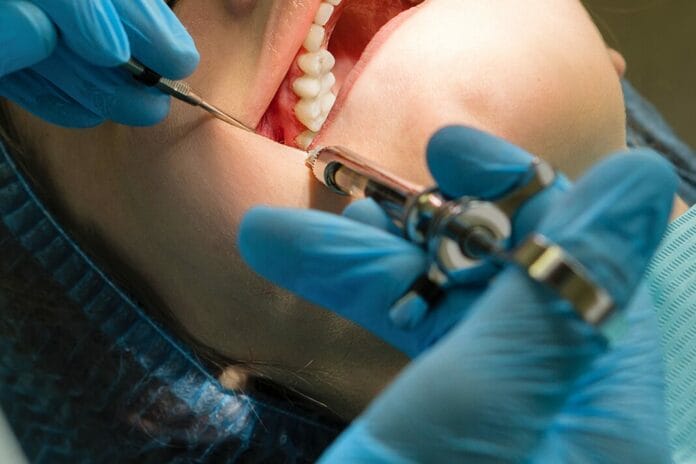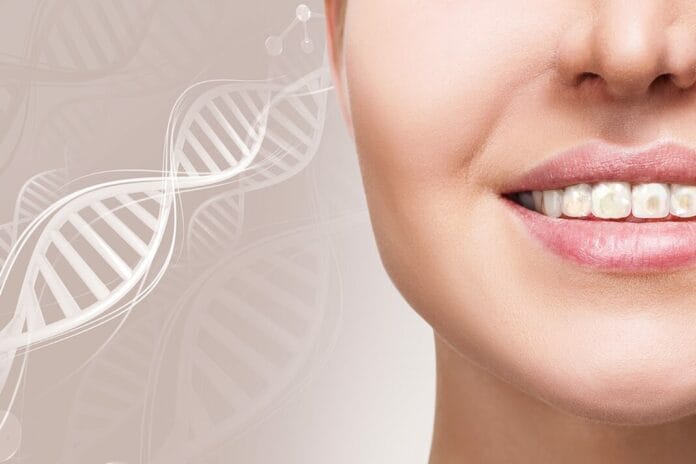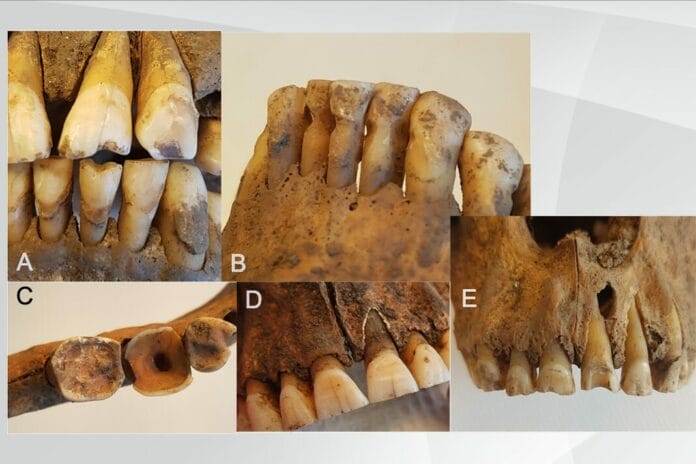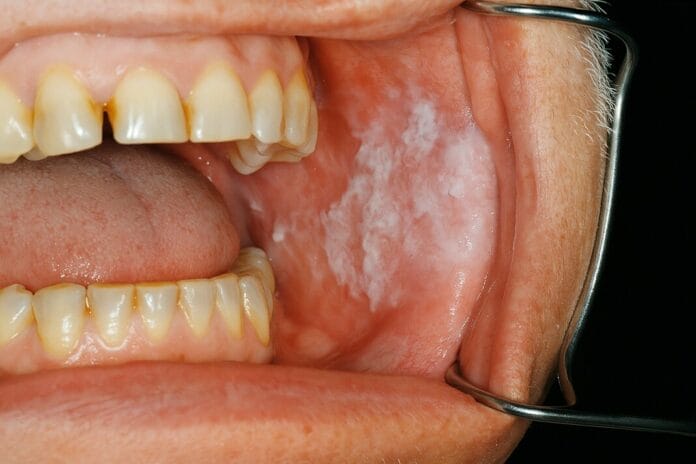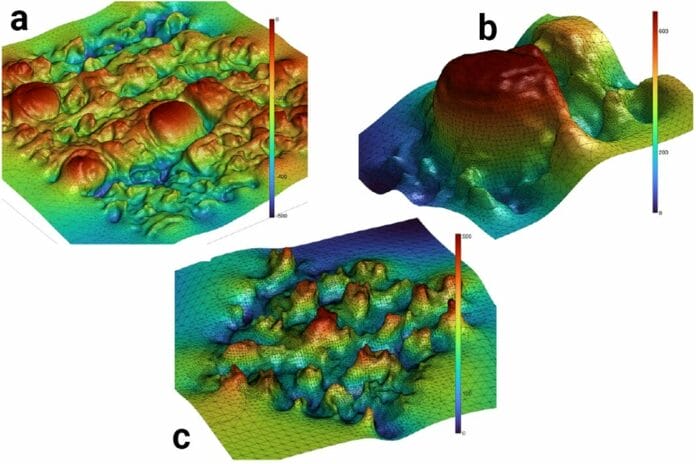Today's RDH
QUIZ: Test Your Trismus Knowledge
Are you in need of CE credits? If so, check out our peer-reviewed, self-study CE courses here.
Before you leave, check out the Today's RDH self-study CE...
Researchers Investigate Additional Palatal Nerve and Artery Supply to the Maxillary Teeth
It is a common belief that human anatomy has been well-investigated and is fully understood. However, head and neck anatomy has been updated frequently,...
Research Evaluates Associations of Type 2 Diabetes, Dental Diseases, Poor Oral Hygiene, and Heart Failure Risk
Periodontal and cardiovascular diseases have an established association. A causal link is still being explored. Nonetheless, the two diseases are prevalent and a public...
QUIZ: Test Your Bruxism Knowledge
Are you in need of CE credits? If so, check out our peer-reviewed, self-study CE courses here.
Before you leave, check out the Today's RDH self-study CE...
Researchers Find the Mechanism Behind Potential Anticancer Properties in Lidocaine
Lidocaine is a widely used local anesthetic in dentistry, known for its ability to successfully inhibit pain signals from sensory neurons, typically administered through...
The Mystery of Tooth Enamel Defects: A New Autoimmune Disorder Discovered
Tooth enamel is the most mineralized substance within the human body. However, for approximately one in every ten individuals and one-third of children with...
Researchers Find that Viking Age Dentistry Was Probably More Sophisticated than Previously Thought
Viking lore often conjures images of fierce warriors, longships, and far-reaching conquests, but a study conducted at the University of Gothenburg reveals another facet...
Oral Microbiome and Diet: Researchers Analyze DNA from Ancient “Chewing Gum”
What did people consume along the west coast of Scandinavia 10,000 years ago? A study involving the analysis of DNA found in a piece...
QUIZ: Test Your Oral White Lesions Knowledge
Are you in need of CE credits? If so, check out our peer-reviewed, self-study CE courses here.
Before you leave, check out the Today's RDH self-study CE...
Research Investigates Patient and Practitioner Perspectives on Tooth Extractions without Clinical Justification
There are many different routine treatments provided in dentistry, including tooth extraction. The reasons for extractions vary, but they are usually performed based on...
Systematic Review Analyzes the Association Between Periodontal Disease and Stroke
Evidence suggests that chronic infectious diseases, including periodontitis and gingivitis, can lead to atherosclerosis, which is a risk factor for stroke and coronary heart...
Research Evaluates Prevalence of Delayed Oral Health Care among Adults with Diabetes
The Centers for Disease Control and Prevention (CDC) estimates that 38.4 million people of all ages have diabetes in the United States.1 Diabetes increases...
Researchers Examine Nonopioid vs. Opioid Analgesics Effectiveness after Third Molar Extractions
For many, third-molar extractions are often a memorable experience. In some cases, it’s memorable due to the pain and discomfort associated with the procedure....
Research Using AI and 3D Imaging Unveils Unique Terrain of Individual Tongue Surfaces
Recent advancements in Artificial Intelligence (AI) and 3D imaging have uncovered a deeper understanding of the tongue's surface. A study led by researchers at...
QUIZ: Test Your Oral Cancer Screening Knowledge
Are you in need of CE credits? If so, check out our peer-reviewed, self-study CE courses here.
Before you leave, check out the Today's RDH self-study CE...
Researchers Use Saliva Analysis to Help Diagnose Pain in Patients with Dementia
Dementia is a pervasive and heartbreaking condition that affects millions of individuals worldwide. As the disease progresses, patients often lose their ability to communicate,...
Research Assesses Impact of Interdental Cleaning on Cardiovascular Disease Events and Mortality
Cardiovascular disease (CVD) is responsible for one-third of all-cause mortality globally and places a considerable burden on health care systems. Increasing evidence indicates an...





